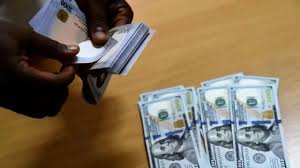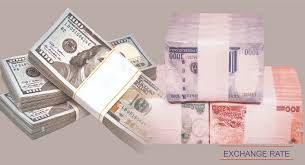
Dollar to Naira exchange rate as of today — October 1, 2025
On Wednesday, the Nigerian naira exhibited slightly mixed results, showing modest gains in the parallel (street) market while experiencing mild weakness in the official foreign exchange window.
In the parallel market, the naira appreciated slightly, closing at ₦1,500 per US dollar, an increase from ₦1,505 traded earlier in the week.
This change indicates renewed activity among independent dealers and a slight improvement in dollar supply.
Conversely, in the Nigerian Foreign Exchange Market (NFEM), the naira faced a slight depreciation, ending at ₦1,478 per US dollar, down from ₦1,480.15 the previous day.
Consequently, the disparity between the parallel and official rates decreased to approximately ₦22, down from around ₦25 earlier.
In relation to other major currencies:
In the parallel market, the pound sterling was traded close to ₦2,075, while the euro was exchanged at around ₦1,665.
In the official market, the pound was quoted at ₦2,030.50 and the euro at ₦1,620.45.
(These fluctuations reflect a pattern of slight divergence between the official and informal segments of the FX market.)
Analysts attribute the minor recovery in the street market to enhanced dollar inflows from diaspora remittances, independent supply channels, and seasonal trade receipts. However, demand pressures remain significant—numerous corporates, importers, students, and travelers still rely on the parallel market to fulfill obligations that are not fully met by the formal window.
Meanwhile, the official market continues to benefit from interventions by the Central Bank of Nigeria (CBN), which help to moderate volatility. The narrowing spread indicates that recent policy adjustments and FX reforms may be gradually aligning the two markets.
Anticipating future trends, traders predict that the dollar will fluctuate between ₦1,495 and ₦1,505 in the parallel market, provided that the supply of dollars remains stable. Additionally, the Central Bank of Nigeria (CBN) is anticipated to continue its targeted foreign exchange interventions, which are designed to mitigate sharp fluctuations and enhance market confidence.
Although the short-term outlook appears promising, the long-term stability of the naira will rely on structural reforms—such as increasing non-oil exports, attracting significant foreign direct investment, enhancing liquidity in the foreign exchange market, and maintaining consistent macroeconomic discipline.





